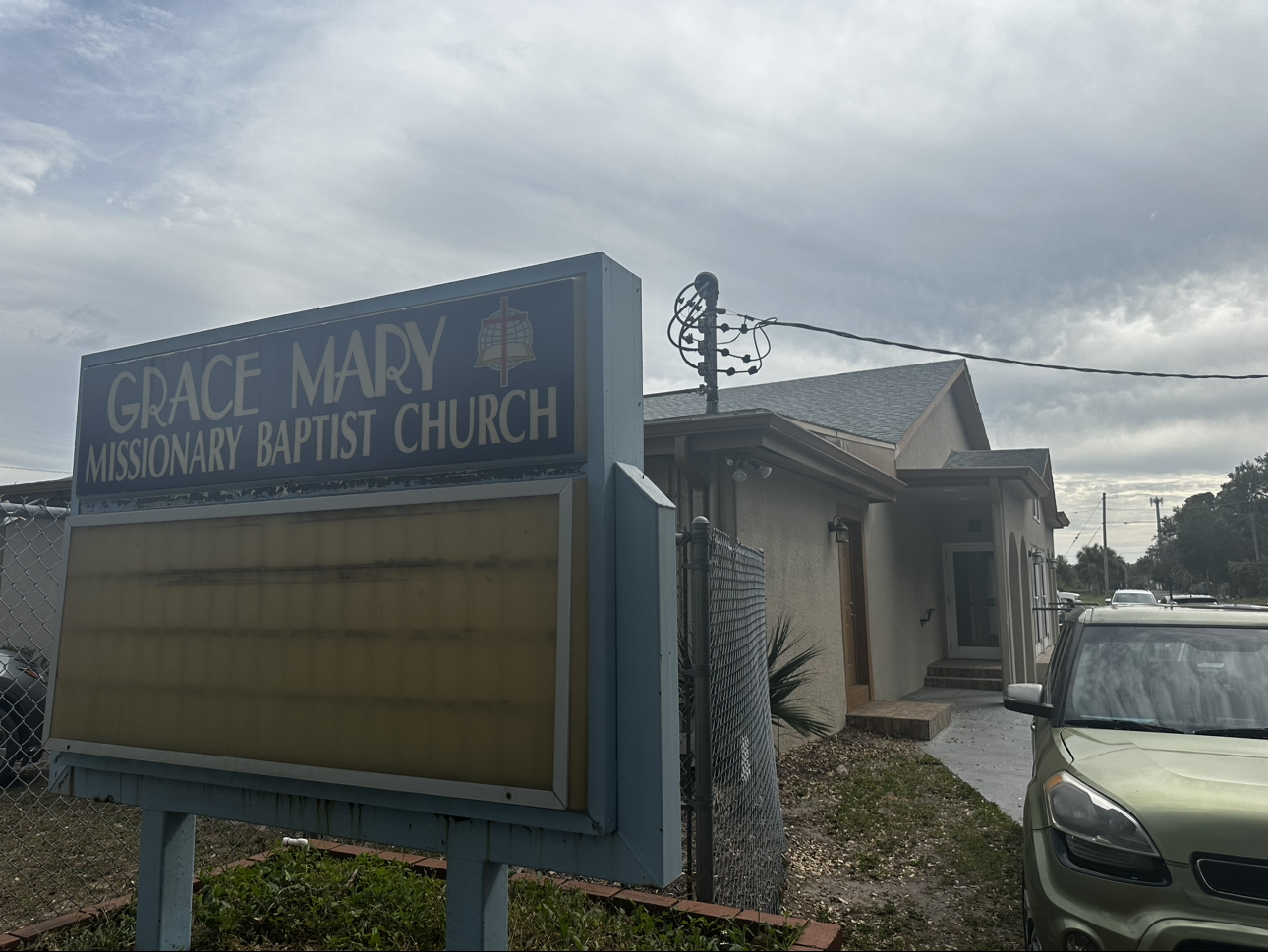By Kieran Konopka
TAMPA — Paulette Upshaw-Wells greets countless people every day at Witters Elementary School, where she serves as secretary. From joyful students to stressed-out parents, she’s seen it all. But since Hurricane Milton, the faces she encounters have changed.
“I see many faces, each with different emotions,” Upshaw-Wells said. “Students come in with expressions of happiness, sadness, or sometimes confusion.”
Before the hurricane, her tasks were routine. Whether it was helping a student find a missing backpack or informing parents about upcoming school events, she was always on the case. But after the storm, which forced the school to shut down for a week, her role shifted to meet the community’s changing needs.
“I’ve had countless parents come up to me,” Upshaw-Wells said. “One of them said it’s so hard to get her kids to do anything. It’s like they want to shut down—physically and emotionally.”
Listening to parents voice their concerns, Upshaw-Wells wondered if life would ever return to normal. She’s not alone in that uncertainty. In the wake of Hurricane Milton, many community members, first responders, and volunteers are wondering if rebuilding is even possible.
“The trauma was real,” said Hari-Krishna Koipallil, a member of the University of South Florida’s Community Emergency Response Team. “I saw it in the eyes of families huddled in shelters, their homes reduced to rubble. I heard it in the voices of the elderly, recounting the loss of cherished possessions—a lifetime of memories washed away.”
In response to the hurricane, 14 shelters were set up in Hillsborough County, housing more than 13,000 residents. These shelters not only provided temporary shelter, but also comfort stations, food distribution points, and a roof over the heads of those who needed it most.
However, while immediate relief efforts were critical, they revealed just how much more needed to be done in the long recovery process.
“Locally, one of the biggest challenges we’ve faced has been balancing the urgency of meeting immediate needs—food, water, shelter, and electricity. With the record-breaking rainfall and flooding that overwhelmed neighborhoods not expected to flood,” said Elizabeth Dunn, a volunteer with the University of South Florida Community Emergency Response Team.
In Hillsborough County, more than 150 homes were destroyed, primarily mobile homes in senior communities. Hurricane Milton also knocked out power to more than 507,000 homes, that’s 71.6% of the county’s homes, leaving hundreds of thousands of families in the dark. As homes were lost and neighborhoods flooded, many questioned if rebuilding was even a possibility.
At this low point, the strength of the community became evident.
“I’ve seen firsthand the strength of community members,” Dunn said. “The value of partnerships in overcoming these challenges, especially among residents with limited English, renters, individuals with disabilities, and those experiencing economic hardship, who often face additional barriers to recovery.”
The resilience and unity of the community became evident as community members, first responders, and volunteers worked together to meet the needs of those who were most vulnerable.
“In these efforts, existing social networks have been critical in recovery,” Dunn added.
Using her existing social network, Upshaw-Wells has invited students and families at Witters Elementary to her local church Grace Mary Missionary Baptist Church, where they can find the support and hope many are desperately seeking in the wake of the storm.
“It makes a difference when you can connect with them,” Upshaw-Wells said. “No matter their circumstances, I believe I’m a strong link for families, kids, and adults, showing them that love is the true answer—and they can find it here.”
As the community begins to rebuild, Upshaw-Wells remains content knowing that even after the greatest disasters, the strength of the community will always bring it back together.

